As we all know, photography on every level is generally a series of compromises. Buying gear is usually a compromise between budget and weight. Some of you will make these decisions quickly and easily, while most people may agonize over these decisions as I did when I switched to Nikon. I wrote about this in my last post about the struggle of choosing the right lens.
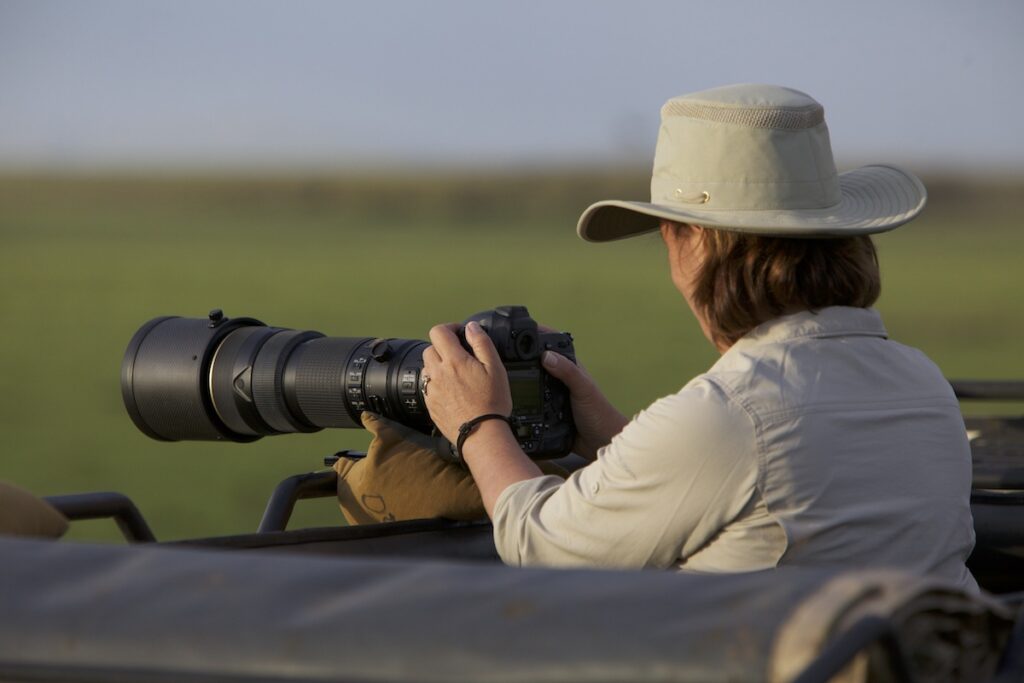
TECHNICALLY SPEAKING
When speaking of “big fast glass,” we are generally talking about a long lens 400 mm or greater and one that has a fixed aperture of 2.8 or 4.0 even on a zoom lens. That means when you zoom from 200 – 400 your aperture remains fixed, it does change from 4.0 at the shortest range (200) and change to F6.3 when zoomed out.
“Fast glass” refers to how fast the lens can focus.
If you have a lens that is fixed at 2.8 it always focuses with the speed of light at 2.8 even if you have the aperture dialed down to F/8. This means if you have a 400 mm 2.8 lens set at F/8 the lens will still “focus” at the speed of 2.8 light, before it closes the light down to F/8. If you have a 500 4.0 lens set at F/8 the lens will still focus at the speed of 4.0 light before closing down to F/8. If you have a sliding aperture 4.5 to 6.3 on a 150 – 600 lens, it will focus only at the widest aperture of your range. Therefore, when you zoom your lens out to 600 your lens is at 6.3 fixed and at F/8 your lens is only focusing at the speed of 6.3 light; too slow for a safari in the Maasai Mara in Kenya, on the Chobe River in Botswana, or the great plans of the Serengeti during the birthing season.
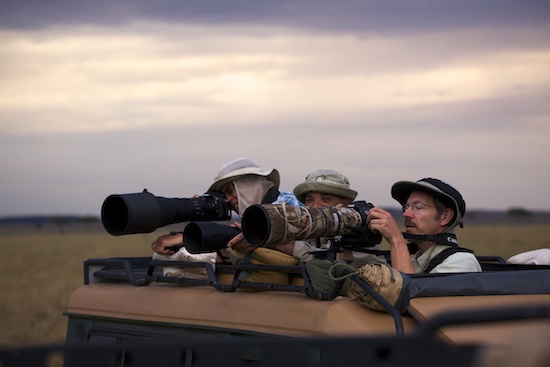
MATCH YOUR EXPECTATIONS
When you are considering purchasing or renting any gear the biggest consideration to think about is, will it meet the expectations of YOUR desired outcome? If your goal is to enjoy the experience and share your journey with friends and family through screen viewing—emails, social media, websites, then you may not wish to make the investment to own or rent big, heavy, expensive glass. If your goal is to make large fine art prints, submit for editorial or contest, or make income from your photographs then you should consider the investment to rent or own a high quality tool that will produce those high quality results.
For the first 14 years of my career I owned a 500 F/4 lens and I loved it until the day I gave it to one of my guides. A fixed lens is almost always going to be your sharpest lens, but working with no range is a challenge. When the 200-400 F/4 with a built in 1/4 tele-converter came onto the market and I had the opportunity to purchase one at a 40% discount, I did not pass it up. There are situations when having the range, such as being on the Chobe river in Botswana, is a huge advantage. These new 200-400 or 180-400 f.4 fixed with the built in converter are a game changer and is the lens that I would highly recommend for a safari.
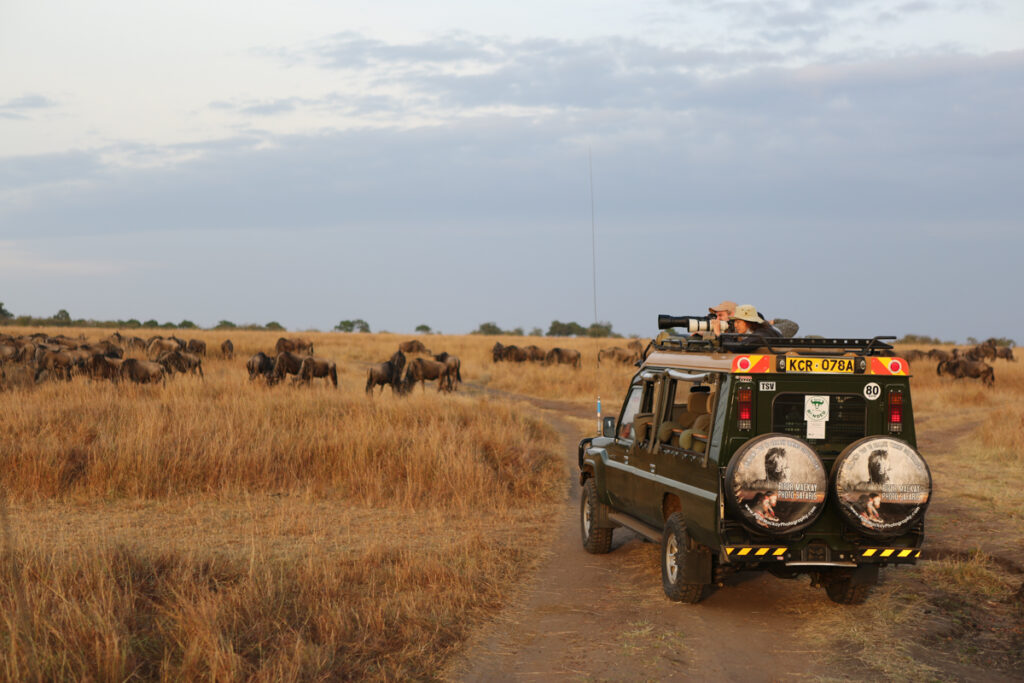
BIGGEST COMPLAINT ON SAFARI
The biggest complaint I hear on safari every season is my lens is too slow and I wish I had rented better faster glass. From anyone who has rented big fast glass on one of my safaris, over the last decade, not once have they ever stated they regretted spending the money to rent the best big lens for their safari.
A stop of light, when out on safari, is a much bigger deal than I think most people understand. I would highly suggest getting behind one of these lenses I have spoken about that has the built in 1.4 tele-converter. Find a friend who owns one or visit your local camera store and let them know you want to see the impact of the built in 1.4 tele-converter to understand why you should invest in such an expensive lens. When looking through the viewfinder switch on the tele-converter. You will be able to see what a full stop of light looks like. It is very powerful. At a minimum you will be fully educated on how much a stop of light really is and be better able to determine, which lens will be best for your goals.
A safari is a large investment for many, which also seems to come with very high expectations. If you are booked on a safari or are considering a safari and do not own any big fast glass, I would highly suggest renting one for the weekend and testing it. This is the perfect time to do this. Soon the floodgates are going to open, the last openings on safaris are going to be grabbed up, and everyone is going to be scrambling to travel as soon as they are able. Your mind will no longer be focused on researching gear.
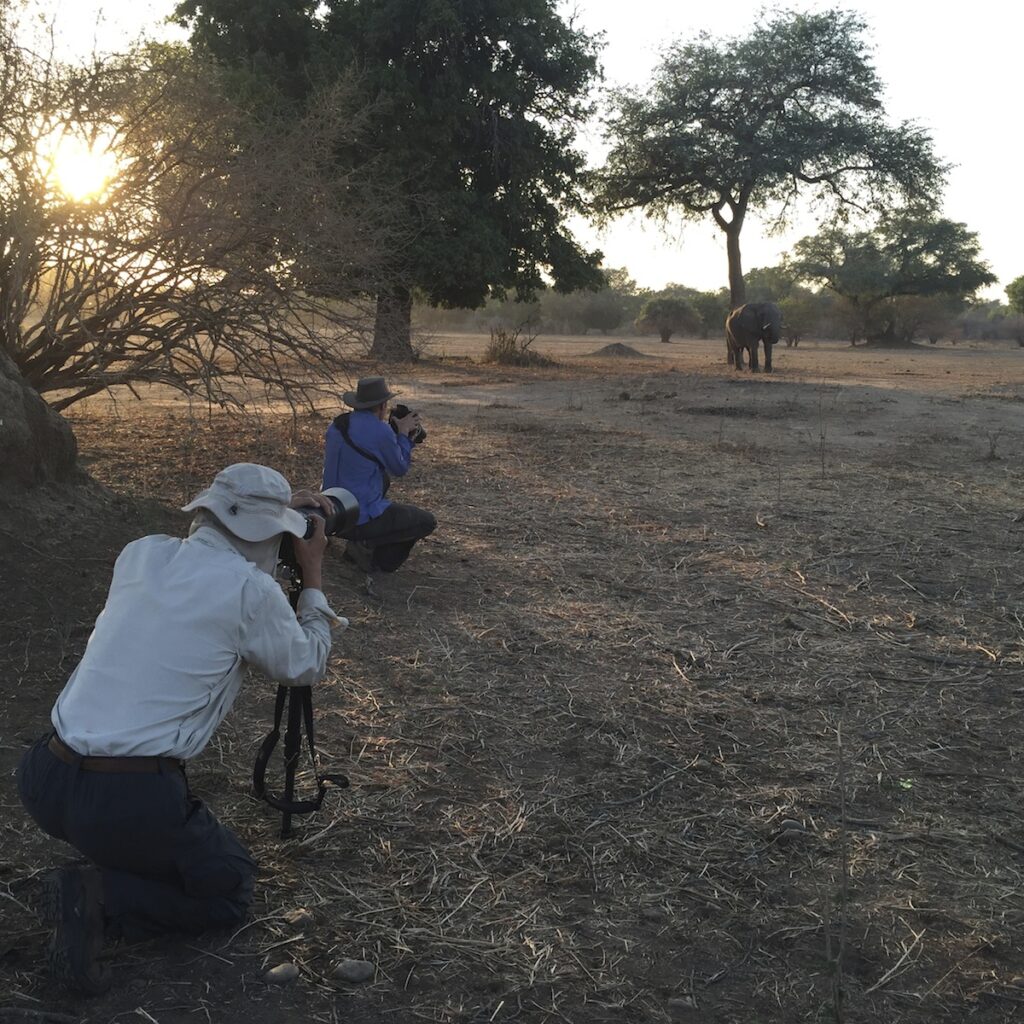
WHAT IS YOUR EXPERIENCE?
Many of you reading this blog have been on a safari. You were faced with the decision of which big glass to bring our rent. I am certain that sharing your experience or advice in the comments would be greatly appreciated by those who are considering going on their first African wildlife safari.

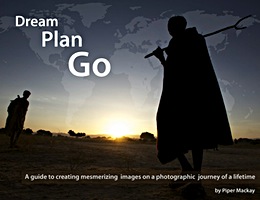



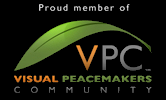
I have never heard anyone define “fast glass” as a lens that focusses quickly. I believe the generally accepted definition is a lens that has a wide aperture. Yes, a lens with a wide aperture will generally focus faster, but it’s not always the case. Particularly as some mirrorless cameras do not open up the aperture to perform their autofocus calculations in the way you described. That was/is the case with DSLRs, but it’s not a given with newer mirrorless cameras.
I think most people would call an 85mm f/1.2 lens “fast glass”, but there are certainly examples of that design where the lens doesn’t focus all that quickly. Nothing to do with the aperture, simply focus mechanism design.
I think it would be helpful to people if you reconsidered your definition and aligned it closer with the commonly accepted one to avoid confusion.
Dan I appreciate your comment, however this post was particular to the best lens for a wildlife safari. Therefore, my comment and definition stand. As wildlife photographers we refer to fast glass as a fixed wide aperture on a long lens. I am sure every genera has it’s own slang. As you mentioned the 85mm, I am assuming you are a portrait photographer? The biggest point of this post was how important it is to have a 2.8 or 4.0 fixed aperture long lens for safari. Regardless if you are shooting with a mirrorless or DSLR a 4.5 or sliding aperture lens is too slow when on safari.
Thank you for this valuable information! I have two cameras and will have different lens on each one so I will not have to switch lens while out. What would you recommend for a second lens, and what is your recommendation for carrying the gear? Thank you again, Jill
Hello Jill
I am so glad you have found it useful. The second most popular lens is the 700-200 2.8. This is my most used lens. I have it on one of my cameras for wildlife and for tribes almost always and the other lenses get changed out. Many of us also have a 1.4 tele converter.
Thank you for this information. I was wondering if my 200-500 f5.6 would work on a safari. Your comments lead me to believe it would not. I will definitely research the 200-400 w/1.4 extender. Thanks again. jrmage.com
You are most welcome. Yes John, the 200-500 f5.6 can work beautifuly for a safari and is a great compromise for weight and price, but you may struggle with it a bit in the low light hours. I would suggest the 70-200 2.8 with a 1.4 teleconverter as you other main lens. If you have a megapixel camera you could always switch to using that with the 70-200 2.8 in low light and later crop in post production. Please remember the best lens also has to be the best lens for you, your expectations, and limitations. If you are flying on small bush planes, you will probably have some weight restrictions. Although I more than double those weight restrictions for my guest it can still be tight when you are carrying a lot of big heavy glass and gear. Have confidence in your choice and then have fun making the best images using what you have!! A safari is one of the most magical experiences no matter how many times you go on one and the experience should always trumpet the images……….Both being the best is usually the goal!!
Piper hello,
Here are my comments on long lens and fast glass while on Safari. I have two thoughts to consider.
On my first safari to Masai Mara I obsessed that I did not have a long enough lens as a Nikon shooter( d500, D850) I had the 70-200 mm 2.8 , plus the 300mm pf with two tele converters 1.4 and 1.7 . However I worried I needed a 500 mm or 600 mm as well.
I could not have been more wrong. Now having gone back to Masai for a second Safari and hopefully another one after Covid makes it safe to travel I am more than satisfied with this set up.
The reason is quite simple, if on those rare occasions I am not close enough you simply ask the guide to move closer to the animals.
The guides we had were amazing in working with photographers and always put you in ideal conditions for shooting. Why would I need to spend $12,000 or more for a highly specialized lens when the jeep can do that for free? I have more than enough close ups of lions faces, leopards eyes, elephants ears, etc . They can all be achieved with this set up.
The one exception to this is birds. If you love to shoot all the amazing birds in Africa I would agree the longer the lens the better as the noise of the jeeps and getting close to small birds is very difficult.
However, when I am not in a jeep being driven to the animals but when I am on my own back in North America in a forest trying to find and photograph, bears, snowy owls, etc I totally agree the longer the lens you have the better for your own safety and that of the animal.
But sitting in a jeep in Africa I don’t believe it is necessary. I even shot a lot of my favourite images on last safari with my 24-70 mm 2.8 lens.
The additional consideration is before you go and buy or rent a long lens you also have all the worries and hassles with dealing with airlines as well.
Secondly and most importantly you need to consider what kind of shots are you planning to bring back with you , what type of images moves you the most ?
I personally find really close up shots of lions, and other cats to be less interesting, I do not want my wildlife shots to look like I could have taken them at a local zoo. If you have traveled half way around the world you might also want to put them in context of their environment, which is much easier to do with a 70-200 mm lens versus a 600 mm prime.
Lastly I would add I went through a recent copy of BBC World Wildlife Awards book that they publish every year and out of interest I added up which lens won more awards? Again the most award winning images leaned towards those in the 70-200 and 300mm range than images at 600 mm and beyond.
I love your work and have always enjoyed your point of view on photography it has helped me immensely while shooting in Africa.
All the best
Lance Saunders
Instagram: lancesaundersphoto
Hello Lance
Thank you so much for your time and detailed comments!!
I agree on the length to some extent. When I switched from the 500 down to a 400 I was concerned I would feel short. However, I also up-graded to megapixel body so theoretically I could crop in post, although I prefer to experience the moment and create the frame in camera. For the most part I do not miss my 500 and since I have the 400 2.8 when I add the 1.4 converter is becomes a 500 4.0, but I find I don’t use it as much lately.
Yes, in the Mara there is leeway in getting closer, but not always. Kenya also has 42 reserves; many of them are incredible and a longer lens maybe desirable especially in the more wild places such as Tsavo. I also travel across the African continent and there are many incredible places where you will want that long lens, Mana Pools Zimbabwe (you are on foot), desert wildlife in Northern Namibia and in Etoshia, Savuti Botswana, and many more. However, I believe we agree you want a lens with either a 2.8 or 4.0 fixed. It is the wide fixed aperture that can be key with moving subjects in low light and where I find guest struggle the most.
As I wrote about in my last blog post, which was more about the 2.8, another value of a long lens is the compression (bokah) that I feel is what can really make a close up more interesting and creative.
Thank you for also bring up the point that it is most important to consider the kind of shots you wish to return home with!! The best gear for you is one that fits your vision and expectations!!
I have always been a tight shooter and always have to push myself to pull back. Using IR is helping with that, but next time I am out I need to force myself to leave the big glass in the tent and only bring my 24-70 and 70-200!! Environmental shots are often more powerful, yet again it also depends on the environment. Mara is known for its big cats and bit glass, Amboseli is know for it’s wide open spaces and dramatic skies, Serengeti is renowned for it’s stunning landscape, etc.
For those who have not been on a safari before or this maybe their one safari of a lifetime, although heavy and a bit of change out of pocket to rent, I still find the 200-400 with the 1.4 or 180-400 with the 1.4, is a great tool. As you know a first safari comes with many challenges and this lens creates less frustration with great results.
Again, thank you for the time you have given to share your experiences and advise. I know it is greatly appreciated!
Piper hello,
Thank you for your reply. I agree totally with you and realize that my comments are indeed limited to one small reserve within the Mara and with each region and neighboring country offering its unique opportunities one’s needs would change. I took everyone I owned on my first safari and then paired down for my second one.
I would absolutely agree fast glass is key and you really need a 2.8 or 4.0 lens if you want to be shooting just as sun rises and also at the blue hour. It was very frustrating for those people in our jeeps who did not have fast glass to have to sit and watch others took many more images while they could not given the faint light that was available at times .
All the very best and hopefully one day we can have this conversation live in Africa.
Be safe
If you decide to bring a big lens while on safari then you best rent it several times before you go on your first trip. Using a larger lens is a whole new ball game. Many people don’t shoot large lenses fast enough and then wonder why some of the images have motion blur. My suggestion is to never bring “something new” on any travel until you are very familiar with how to use it.
Thank you David!!! GREAT ADVICE!!! YES, always rent gear and test it out! I discuss this often and frequently and it is in all my information. A great way to do this also through a local camera store. Many of them have great one day workshops and even bring gear for you to try. In Southern California I would highly recommend Pauls Photo – https://paulsphoto.com, In Northern California and Colorado try Mikes Camera -https://mikescamera.com ,on the east coast look for Hunts Photo – https://www.huntsphotoandvideo.com/promotions.cfm Please feel free to list more.